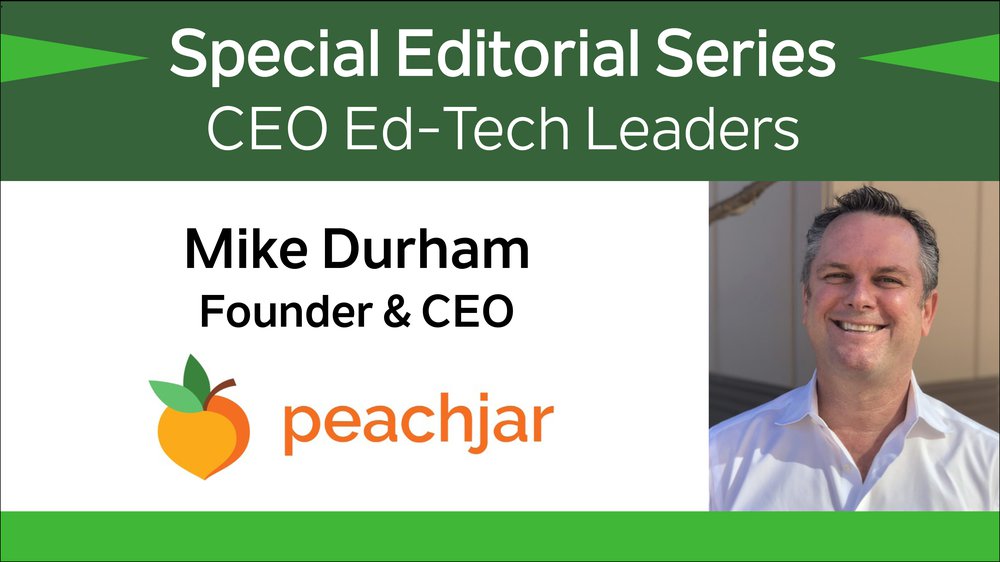Combining educational technology with paperless communication is a digital program where districts, teachers, students, and parents can take advantage of a technology that not only helps the environment but saves school districts quite a bit of money. Hillsborough County Public Schools gave paper flyers to students to take home so their parents knew about important afterschool activities, communications, and general information.
Not every flyer made it home or into the parents’ hands because getting the students to make sure all the flyers got to their parents was impossible. The paper flyers ran about 2.5 cents per copy and cost the 8th largest district in the US over $418.000 per year. The schools had unread flyers piled high in recycling bins.
As a solution, the district implemented Peachjar, a cloud-based communication platform that streamlines school-to-home communication by distributing school updates and community resources directly to parents as digital flyers. Using the electronic flyers saved 17 million sheets of paper and more than two thousand trees. According to the Peachjar’s website, “On average, each school saves 740 hours in labor and 84,000 sheets of paper annually.”
Oneida City School District also implemented Peachjar as a cost-saving and an environmentally friendly undertaking. Within 18 months the district saved more than 650,000 sheets of paper. The district saved nearly $3,000 in paper costs not including saving money by reducing paper and copy costs. District Superintendent Mary-Margaret Zehr informed the Rome Sentinel “Peachjar has saved the district and our community partners significant costs by reducing paper and copy costs as well as allowing Oneida to efficiently send communications and information directly to our parents.”
Mike Durham founder and CEO of Peachjar established the company in 2013. The company now serves more than 14,000 schools in 600 school districts, 20,000 community organizations and 10 million parents in 40 states. “School districts that use Peachjar not only get to realize the environmental and cost benefits associated with going digital, but they also have the added benefit of being able to push this information out to parents quickly and conveniently.”
Getting the right parties to understand the power that Peachjar gives the school district is the biggest challenge for the company. “On the surface, it just looks like paper flyers going digital. If that were the main benefit, we would not be growing so fast. The leadership in school districts are very busy and are approached by hundreds of EdTech companies each year. It is very difficult for them to be able to thoroughly evaluate every product,” explains Durham.
As a solution, Peachjar discovers new products and makes it easier for districts to stay informed about them. “We learn about new ideas, opportunities, and resources available across the country. We feed this data to schools districts and individual schools to improve the opportunities and resources for students and parents.”
Access to large amounts of data about resources was impossible in paper format and even when a school district went digital because information appears endless. As a solution, Peachjar sends digital information in a “snackable” format by way of visuals. “When you send a visual of anything, it could be a soccer ball, a parent immediately knows it's something to do with soccer,” explains Durham. “We send small visual representations of the flyer. And the parents can visually and quickly distinguish what they are. And so ‘snackable’ means you don't have to read the entire novel to understand it, it's immediately understood. So that's the advantage of visual information. It is ‘snackable,’ meaning quick and easy to digest.”
Another added benefit for school districts that want to service their low-income families is informing the parents about free resources in their community. Peachjar knows the importance of pushing out flyers for free programs such as parenting programs, tutoring centers, sport camps, theater companies, medical care, meal programs, and homeless youth assistance programs. Studies show, that low-income parents are more likely to have a smartphone than a personal computer in the home. The digital flyer delivery to their smartphones is easy and resourceful. The “snackable” information helps parents feel involved with the school and their kids’ education since all parents can access the flyers on their phones. “Teachers, parents and school districts must work in unison to maximize student success and help them reach their full potential. If parents are informed and aligned with the teacher and school district, education continues from the classroom and into the home,” adds Durham. “Students are in school 1,000 hours per year, but they are home and awake another 4,000 hours. When a teacher and school district can influence how students use the 4,000 hours, their job gets much easier.”
Because Peachjar is growing fast, Durham's main concern is keeping everyone focused on the company’s mission, including himself. “Our mission is to elevate student outcomes by connecting K-12 families to life-changing school and community resources. Running a business requires hundreds of decisions every day with many of those decisions having a critical impact on the company’s future. It is easy to get caught making a decision that makes sense for the challenge of the day but may not properly align with our mission.”
Durham understands that innovation is happening fast. “EdTech has the chance to bring rapid innovation to schools and students. There will be a point in the future where our education eco-system technology will either converge or diverge. I hope they converge with a little more flexibility in understanding that technology is not perfect. Anybody who is used to something a certain way is biased towards the thing they did their whole life and for someone to come in and say, ‘Let's do something different!’. It just goes against the grain of their entire life experience.”











